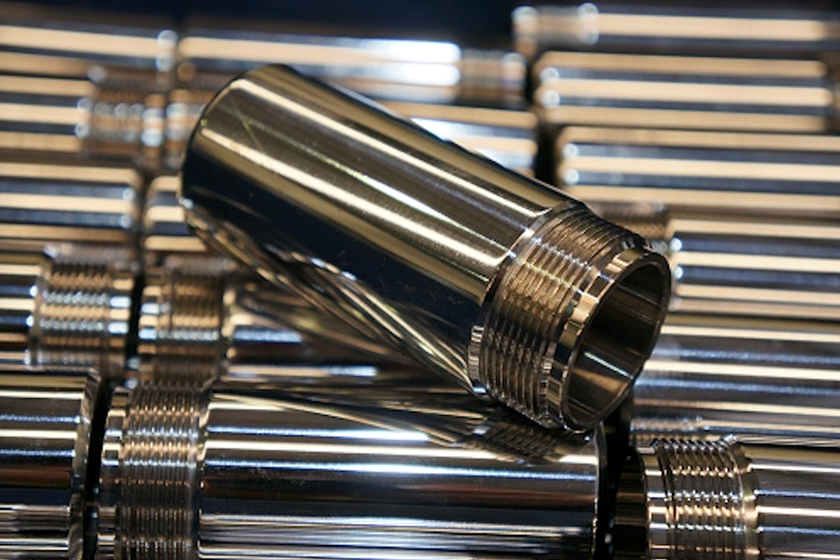Ecoat Clinic: Using Epoxy Ecoat on NdFeB Parts
Q. Is it possible to use an epoxy electrocoat to coat parts made out of neodymium, iron and boron? Are there any special considerations to take when electrocoating this kind of substrate?
#masking #pollution control
Q. Is it possible to use an epoxy electrocoat to coat parts made out of neodymium, iron and boron? Are there any special considerations to take when electrocoating this kind of substrate?
A. Electrocoating is an industrial paint application technology that can be used when coating electrically conductive substrates. The electrical conductivity is necessary to convey the DC power required from the rectifier to the ground through the part to be coated. Because alloys of neodymium (Nd), iron (Fe) and boron (B) render electrically-conductive metallic structures, they can accept an electrocoat finish.
Featured Content
Electrocoating NdFeB substrates is nothing new. As far as I know, there has been industrial production experience electrocoating NdFeB alloys for the computer industry dating back to the mid 1980s. NdFeB alloys are known to be one of the strongest types of permanent magnet materials commercially available today. Their unusual strength has made them ideal candidates for use in today’s powerful computers, cordless motors and other similar industrial applications.
Please keep in mind that the NdFeB alloy parts must be ecoated before they are magnetized, or the parts will be completely covered with any iron filings and small metallic particles attracted to them during processing. The metallic particles are typically present in most process tanks, and depending on the type and quantity, could render the visual appearance and performance of the e-coated parts totally unacceptable for use. Once the NdFeB parts have been electrocoated, they can then be fully magnetized prior to use.
When electrocoating alloys of multiple metals, it is always very important to know the effects of the metallic crystalline microstructure and the manufacturing technologies employed, as those properties could play a big role on the final visual appearance and finish quality of the electrocoated NdFeB parts.
When electrocoating NdFeB substrates for magnets, two additional important items to evaluate are the rack touch points and any potential microporosity that could exist within the crystalline structure of the NdFeB alloy.
The touch points or ground marks left behind after electrocoating must be eliminated by applying special touch-up paints. If the touch marks are not completely covered, and bare substrate is exposed, the magnetic performance of the parts could be compromised.
Lastly, NdFeB alloys that have been bonded typically provide better electrocoated surfaces than alloys that have been sintered because of their lower crystalline micro-porosity. The micro-porosity within the metallic crystalline structure of the NdFeB alloy can trap small amounts of air and this can lead to small pinholes in the finished electrocoat surface. These pinholes are created when the trapped air is released in the e-coat oven while the paint film is flowing and curing.
The manufacturing method of the NdFeB parts must also be clearly understood and tested to make sure any existing micro-porosity is acceptable. Oftentimes, pre-baking the NdFeB parts prior to e-coat helps reduce or eliminate the pinholing effect by pre-releasing the air before applying and curing the electrocoat layer.
RELATED CONTENT
-
Alkaline Cleaning Guide
Gregg Sanko, Senior Chemist, Oakite Products, Inc. provides an overview of the alkaline cleaning process.
-
Stripping of Plated Finishes
The processes, chemicals and equipment, plus control and troubleshooting.
-
Pretreatment for Painting
Better adhesion, enhanced corrosion and blister resistance, and reduced coating-part interactions make pretreatment a must.



















